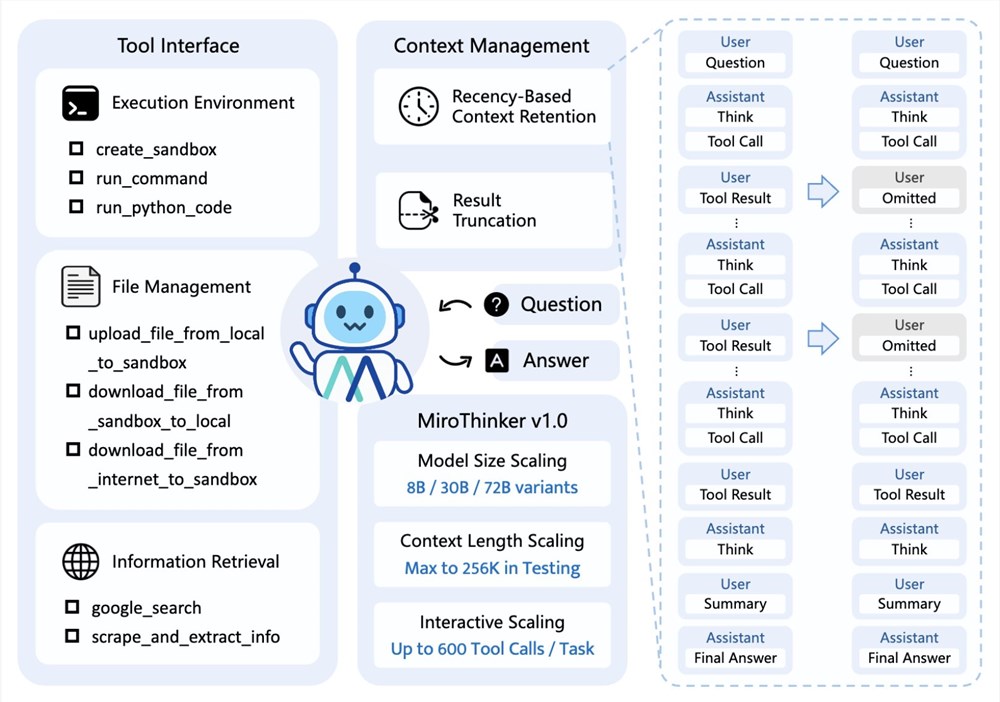OpenAI broke its closed-source tradition since 2020 and officially launched two open-source language models, GPT-oss-120b and GPT-oss-20b. This move marks a significant shift in the AI giant's business strategy and is also its first return to the open-source approach since the release of GPT-2.
The two new models are now available on the Hugging Face developer platform, allowing global developers to download and use them for free. OpenAI claims that these models achieve "frontier-level" performance in multiple open-source model benchmark tests.
From a technical specification perspective, GPT-oss-120b demonstrates strong performance capabilities. The model is almost comparable to OpenAI's paid product o4-mini in core reasoning ability tests, while the hardware requirements are relatively mild, requiring only a single 80GB GPU to run efficiently. This configuration makes it highly feasible for enterprise applications.
GPT-oss-20b is designed for resource-constrained environments and achieves performance similar to o3-mini in common benchmark tests. More importantly, this model can run stably on edge devices with only 16GB of memory, providing an ideal solution for mobile applications, local reasoning, and rapid prototyping, significantly lowering the deployment threshold for AI applications.
In terms of architectural design, OpenAI has designed a cloud collaboration mechanism for these two open-source models. When the open-source model encounters complex tasks beyond its processing capability, such as image processing, developers can forward the request to OpenAI's more powerful closed-source model, forming a collaborative work mode between local and cloud.
In terms of licensing, OpenAI chose the Apache 2.0 license, which is widely recognized as the most permissive open-source license in the industry. This means that enterprises can freely use these models for commercial purposes without paying any fees or applying for special permissions to OpenAI. However, unlike completely transparent AI labs like AI2, OpenAI has not disclosed the training dataset of the model.
The background of this open-source initiative is quite thought-provoking. In recent years, OpenAI mainly built its commercial empire through a proprietary technology route, selling access rights to AI capabilities to enterprises and developers through APIs, generating considerable revenue. However, in January of this year, Sam Altman, CEO of OpenAI, publicly admitted that the company was "on the wrong side of history" regarding open-source issues.
Altman reiterated the company's original intention in a statement to TechCrunch: "Since its establishment in 2015, OpenAI's mission has been to ensure the development of general artificial intelligence that benefits all humanity. For this reason, we are happy to see the world building an open-source AI platform based on American democratic values, which is freely accessible to everyone and brings widespread benefits."
This strategic shift not only reflects OpenAI's renewed recognition of the value of the open-source community but also highlights changes in the current competitive landscape of the AI industry. As the quality of open-source AI models continues to improve and the community ecosystem becomes increasingly mature, traditional closed-source business models are facing new challenges and opportunities.








